"Travel Guidelines to Indian Subcontinent - Updated 18 Feb 2022"Learn More
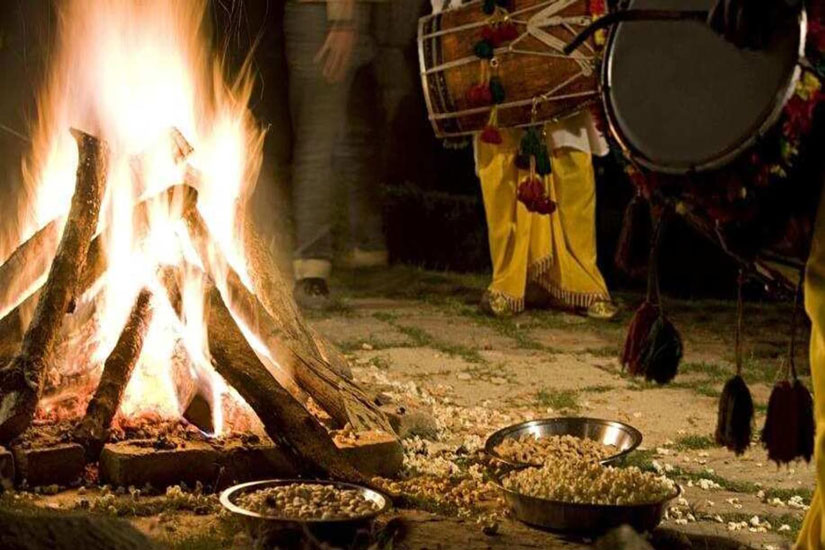
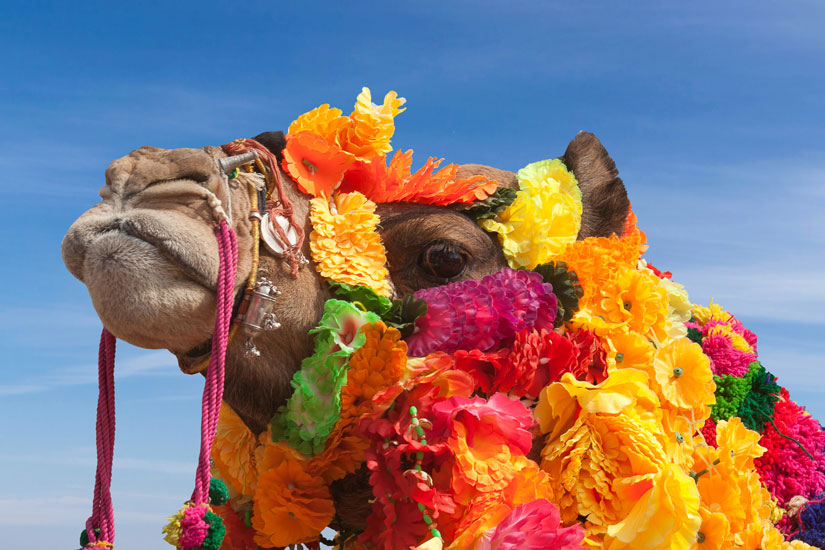
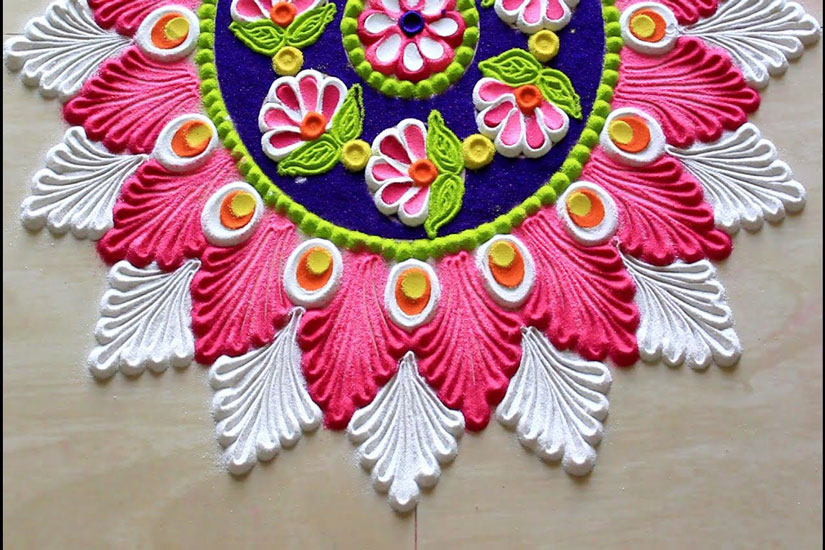
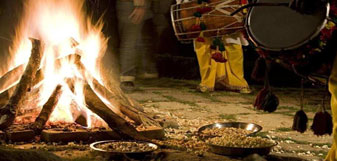
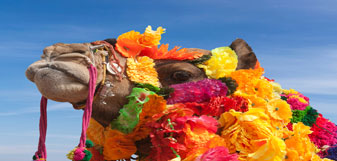
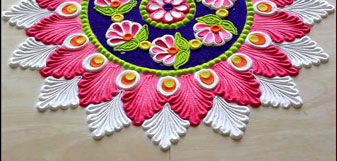
BEST MONTHS: January
FESTIVALS: LOHRI IN AMRITSAR, CAMEL FESTIVAL IN BIKANER & PONGAL IN MADURAI
With a new year comes a new list of places to travel to! Wouldn’t it be better to keep your travel list for next year ready and make sure you book everything as soon as possible? 21Kraft is giving you some great rewards as always, if you book your travel and accommodation from us! Speaking of which, if you are looking for the best places to travel to in January, you’ve come to the right place. There are quite a lot of places to visit in January and within the country itself and you’ll also end up having a great time. January is also a great time to plan your travel since the weather is favorable. It won’t be too hot, and it won’t rain so most tourist attractions will be open for you. Additionally, you’ll get to enjoy some tea and snacks while admiring the view from whichever part of the country you are in.

A bustling city with an indomitable spirit, Amritsar holds one of the holiest of Sikh ethos at its heart - the Golden Temple. Covered in 400 kg of gold and surrounded by a serene sarovar (pond), one is immediately swamped by the humbling sight of the glistening structure, which is also home to one of the biggest community kitchens (langar) in the country that serves about 20,000 people a day.
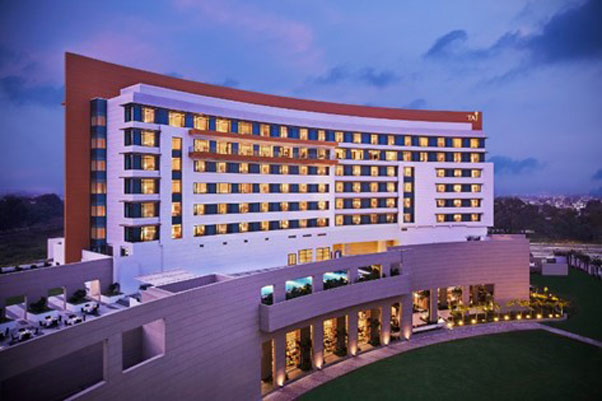
Taj Swarna Embodies the best of Punjab’s iconic history, art and culture. Fusing modern design with traditional elegance, our 5-star hotel in Amritsar is a stylish, contemporary world class hotel, basking in an enviable location that serves Amritsar and the adjoining cities of Jalandhar and Ludhiana. The hotel features spacious rooms, an array of dining options, sophisticated meeting facilities, Health Club, Jiva Spa and Salon and is close to the main shopping area of the city,
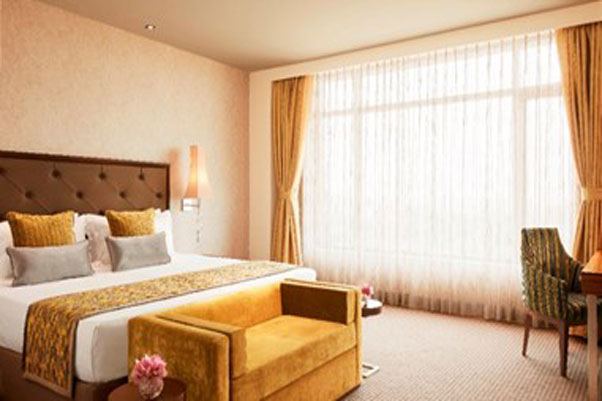
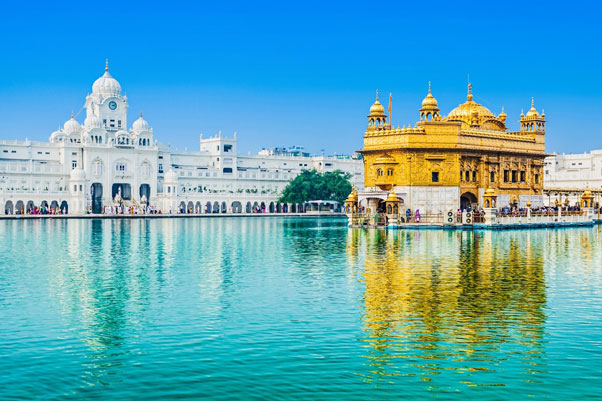
Amritsar is world-famous for the beautiful and highly revered Golden Temple or Sri Harmandir Sahib, which is one of the most prominent spiritual sites in the country. The temple is a two-storeyed structure with its top half covered in almost 400 kg of pure gold leaf, which is what earned it its English moniker. Maharaja Ranjit Singh, the leader of the Sikh empire, is believed to have initiated the construction in the 19th century.

Jallianwala Bagh in Amritsar is the site of one of the biggest tragedies in Indian history. On April 13, 1919, this park, spread across 7 acre, saw about 2,000 Indians indiscriminately shot dead at the hands of British soldiers lead by General O’Dyer. This incident is known as the Jallianwala Bagh massacre or the Amritsar massacre. Historical records tell that on the fateful day of the Punjabi harvest festival of Baisakhi, 15,000 to 20,000 people had gathered to celebrate. Apart from this, some people had also come together to hold a peaceful demonstration against the repressive Rowlatt Act that provided for stricter control of the press, arrests without warrant and indefinite detention without trial

The Wagah Border is an army outpost on the Indian and Pakistani border, lying between the cities of Amritsar and Lahore (Pakistan). It is around 28 km from Amritsar and is one of the main access points overland to the neighboring country of Pakistan. Among its many buildings, roads and barriers, one can witness the impressive Beating the Retreat ceremony, held here every day. During the ceremony, an infantryman stands at attention on both sides of the gate.
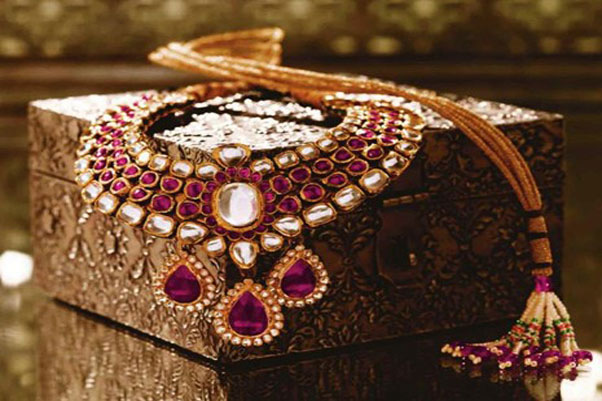
Amritsari Jadau Jewellery in Guru Bazaar, this is one of the oldest markets in the city of Amritsar and lies between the Golden Temple and the Guru ka Mahal. It is visited by hundreds of people, who come here to buy jewellery. The bazaar is particularly famous for its gold and silver ornaments, some of which are studded with precious stones. A major highlight in the market is a form of traditional Indian jewellery called jadau. More than 2,500 shops dot this marketplace, which sells items like glittering silver diyas, idols of Lord Ganesha, Lord Shiva and Goddess Lakshmi, earthen lamps etc.
Textiles and spices, the bustling market offers goods at reasonable prices, which makes it a great place to buy in bulk. From colourful woolen scarves, embroidered dupattas and sarees to men's suits, tailored shirts, silk ties and Punjabi jutis, one can find a lot of clothing items. A maze of by lanes, this market is also known for textiles and spices, papads (a disc like snack) and varian (dried lentil dumplings). Even if you don't want to shop, just walk through it to feel the city come alive. Amritsari shoes (Jutti) Jutti uppers with a circular punched design. Different types of stencils used to create punched designs. A craftswoman adding a line of metallic thread embroidery to a shoe upper. While men do the cutting, assembling and stitching of the jutti, the work of adding design and embellishment is done by women artisans.
You will find this delicacy in any local street food stall as well as the premium five-star hotels of Amritsar city. Freshwater fish called singhara or sole is used to make this delicious spicy and fried fish dish.

A host of spices and yoghurt are used to make this richly flavoured traditional mutton curry. The gosht is cooked for a long time to ensure the flavours are well infused into the meat. The word 'bhuna' in Asian cooking means cooking the curry until it is reduced and becomes thick.
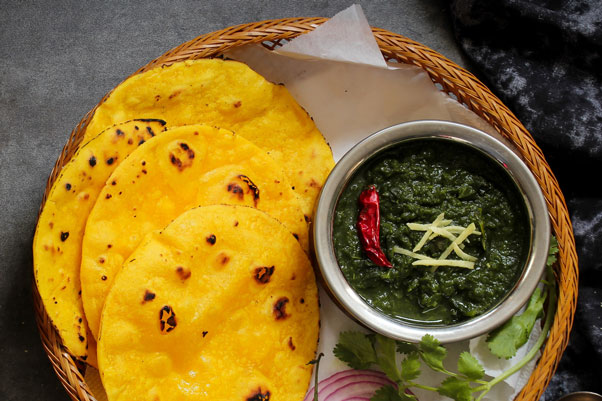
Sarson Da Saag, to warm up on wintry days, the womenfolk of Amritsar make a perfect mix of healthy and flavourful dishes. Sarson da saag is one such dish that is made using mustard leaves, along with spinach, green chillies and spices. A generous dollop of butter adds richness to the dish that is best served with makke di roti (Indian bread made using corn flour).

A vast expanse of golden undulating sand dunes surrounds the vibrant and bustling city of Bikaner, ensconced in the desert state of Rajasthan, making it an off-beat tourist destination. Nestled in the Thar desert, this ancient city is adorned with gigantic and spectacular forts and palaces that invite thousands of tourists across the globe. The old part of the city stands as a silent witness to the rich history of the region when it was ruled by Rao Bika, the prince of the Rathore clan, in 1488. Surrounded by high stone walls, the older part of the city is a potpourri of culture and tradition
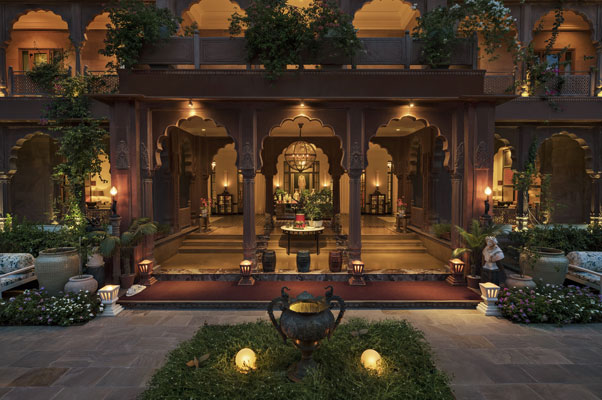
Grand residence, Narendra Bhawan Bikaner is composed of Narendra Singhji’s memories from his travels to destinations near and far.unconventionally curated, the Bhawan organically grew into a snapshot of the life of its original resident who upon spreading his wings was subconsciously casting a new modern identity for himself much like that of his mother country. A pulsating Bombay influenced by the burgeoning Art Deco movement, influences drawn from the glamour posts of Broadway; dark inviting caverns, rich velveteen fabrics, chiffons and pearls;
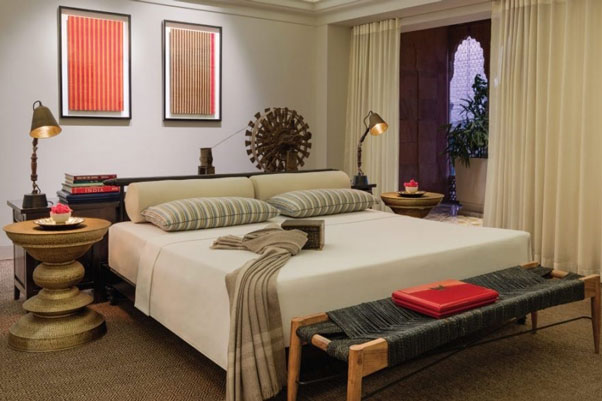
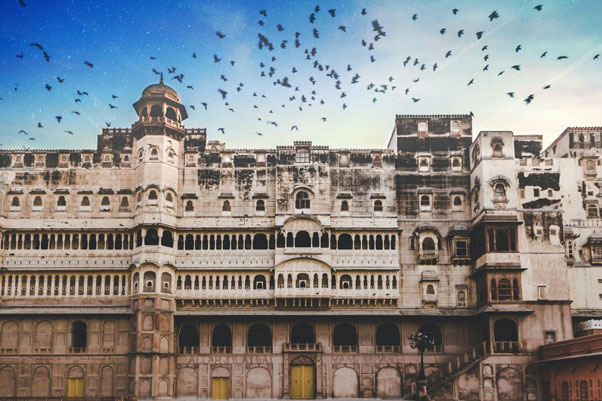
Junagarh Fort is one of the most decorated forts in India and houses opulent palaces that give you a peek into the lives and times of the maharajas of Bikaner. Unlike most forts in Rajasthan, this one has not been built on a high rock and has lower ramparts and towers. This is indicative of the fact that it was built more for luxury than defense. The fortified complex houses many beautiful palaces.
Famed as the rat temple, Karni Mata Mandir draws devotees and tourists from far and wide. The much revered temple is dedicated to Goddess Karni Mata, who is believed to be an incarnation of Goddess Durga. The temple houses as many as 25,000 rats who are known as Kaabas. It is considered highly auspicious to have a white Kaaba run across your feet as they are believed to be the sons of Karni Mata. Around 600 families of the Charan clan claim to be the descendents of Karni Mata and believe that they will be reincarnated as rats.
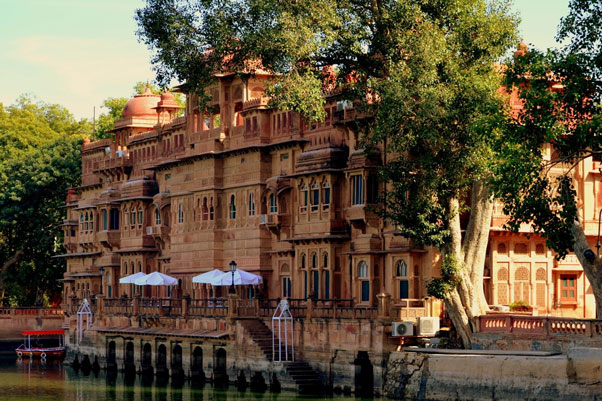
Set amid serene and picturesque surroundings, Gajner Palace sprawls over an area of 6,000 acre. Situated on the banks of the serene Gajner Lake, its architectural beauty is delightful. It is an ideal spot to indulge in boat rides, sanctuary dinners, desert safaris and pleasant nature-walks. Gajner Palace was founded by Maharaja Gaj Singh (1746-1787) of Bikaner in 1784 and then completed by the great Maharaja Ganga Singh (1888-1943).
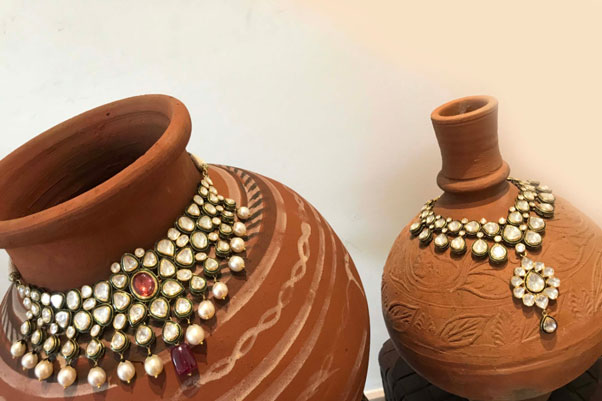
the gorgeous meenakari craft is used to make decorative products like jewellery boxes, idols, dining sets, trays, bowls, key chains etc. The artisans that produce meenakari work are called meenakars and their craft is passed on from one generation to another.
Carpets of Rajasthan are famous for their fine-quality hand-knotted woollen fibres. Ever since the weavers of Afghanistan popularised the art of carpet weaving in the 17th century, these carpets have become quite appealing with their cheerful colours and geometric patterns finding their way into showrooms around the world. They are available in both cotton and silk fabric and traditional carpets of Rajasthan follow mehrab, charkona, dushala
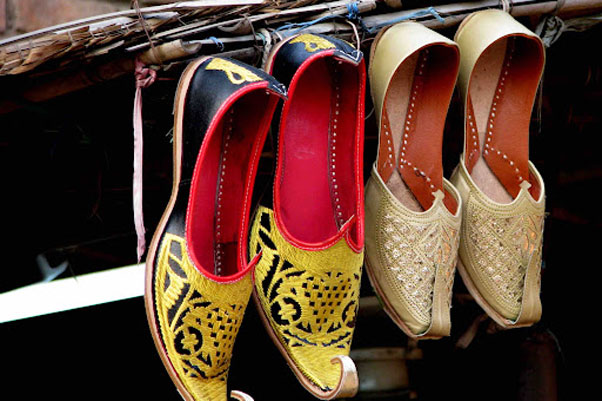
Mojris are the traditional footwear of the people of Rajasthan and are worn by both men and women. Travellers can find mojri stores in every Rajasthani city. However, Bikaneri mojri, is particularly exquisite and is made exclusively from leather obtained from camels. Camel leather mojris or jutis are available in different colours and are embellished with artistic embroideries.
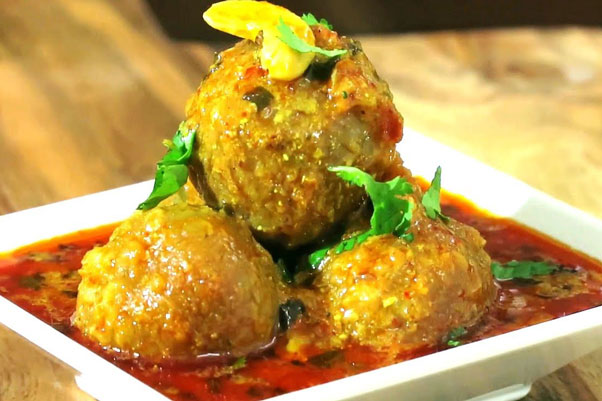
Gatte-ki-sabzi or besan gatta curry occupies a special place in the heart of Rajasthanis. The dumplings or gatte are basically made from gram flour shaped into logs, which is set to boil and cut into small pieces. The gravy of gate-ki-sabzi can be prepared in many ways. Sometimes, it is made only with curd and is called dahi-wali-gate-ki-sabzi.

It is one of the most famous dishes of Rajasthan. The round batis dipped in ghee (clarified butter) served with panchkuti dal and churma make for an incredibly scrumptious combination.
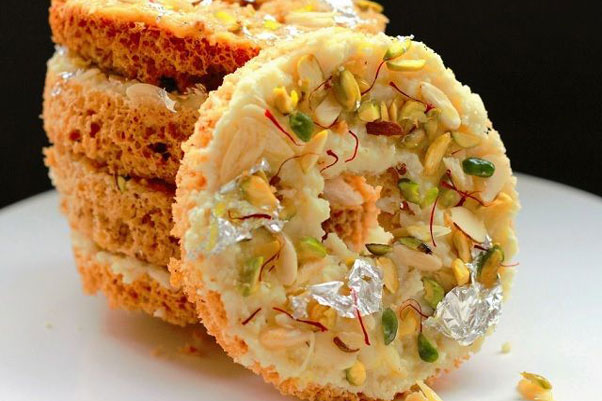
A disc-shaped deep fried sweet dish, ghevar is made from ghee (clarified butter), flour, sugar syrup and paneer. One can find different varieties of this sweet such as the malai ghevar, mava ghevar etc.
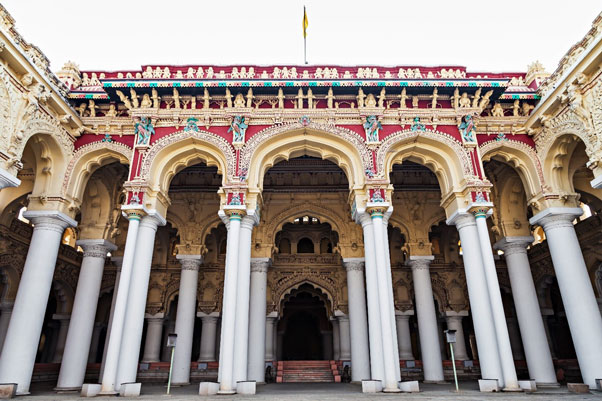
One of the oldest living cities, Madurai, holds the soul of Tamil Nadu in its magnificent and grand temples that are among the finest and most awe-inspiring specimens of architecture in the country. The most spectacular of these is the Meenakshi-Sundareswarar Temple, which is the heartbeat of the city and is visited by thousands of devotees. Madurai once traded with ancient Rome and it preserves its distinct character in various arts and textiles that have been bestowed by the Pandian kings (4th century-16th century). From exquisite sarees to wooden toys and sculptures
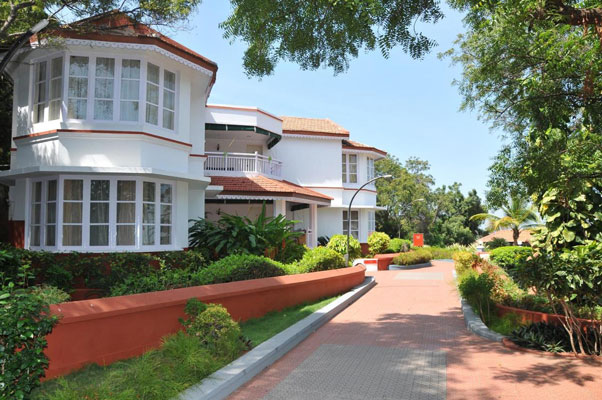
The Gateway Hotel Pasumalai, Madurai is located right at the heart of it. A short distance from Madurai's IT corridor, The Gateway Hotel, Madurai sits at the top of the Pasumalai hill, surrounded by 62 acres of scenic gardens. The 5 star hotel in Madurai serves a perfect vantage point to take in the picturesque views of the temple town and the Kodai hills.
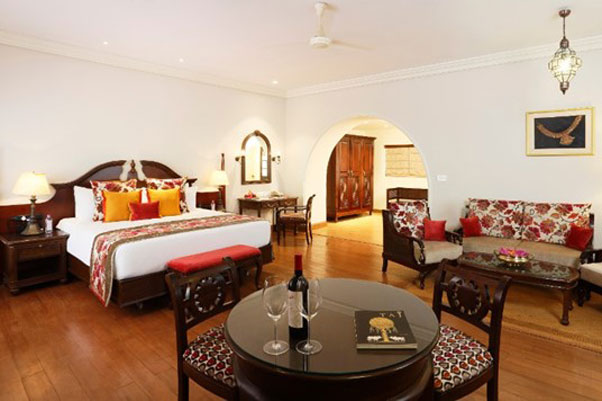
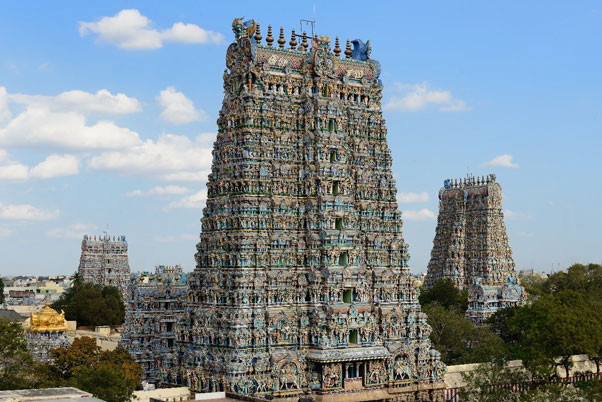
one of the largest temple complexes in India, Sri Meenakshi-Sundareswarar Temple is the most famous spiritual site in Madurai. An excellent example of Dravidian architecture, the temple is sprawled over a huge area, bordered by well-laid gardens and pristine fountains. Two shrines, more than 10 gateways or gopurams, several mandapas (halls) and a giant pool, make up the structure of the temple, which is adorned with beautiful carvings inside and outside. One of the halls of the temple is famous as the "Hall of a 1,000 pillars" though only 985 of them exist today.
Famous for its captivating architecture and intricate sculpting, the Azhagar Koyil Temple is one of the most attractive temples in the region, nestled at the foothills of Alagar Hills Set amidst lush green surroundings, the temple is dedicated to Lord Vishnu and holds immense religious significance. According to legend, the temple was visited by the Pandava brothers, Yudhishtir and Arjun, during the Mahabharata period.
Banana Market in Madurai is a wholesale market for bananas situated in Rukmanipalayam. The place sells as many as 16 varieties of the fruit and is a hot trading place in the city. The bananas are brought early in the morning from the factory outlets and are unbranched from the branches to sell them to the local vendors.
Madurai Sungudi is a cotton fabric of Madurai in the Indian state of Tamil Nadu, which is an exclusive textile product traditionally produced using tie and dye (using natural dyes) method by the Saurashtrians who migrated to Madurai under the patronage of King Thirumalai Naicker in the 17th century.
Batik is an ancient fabric wax-resist dyeing tradition of Java, Indonesia. This handwoven mulberry silk Dupatta has been woven in a thread count of 20/22 denier mulberry silk in warp way and 24/26 denier mulberry silk in weft way and then hand batik done on it.
The Chungidi saree which is synonymous with Madurai sarees. These are the most popular types of sarees in this region as they are comfortable, versatile and extremely adaptable.

Paruthipal, this exclusive drink is only available in a few cities of the state of Tamil Nadu and Madurai is one of them. Prepared from cotton seeds, raw rice flour, jaggery and coconut, paruthipal is a traditional beverage of South India. It is also used as a curative drink for home remedies.
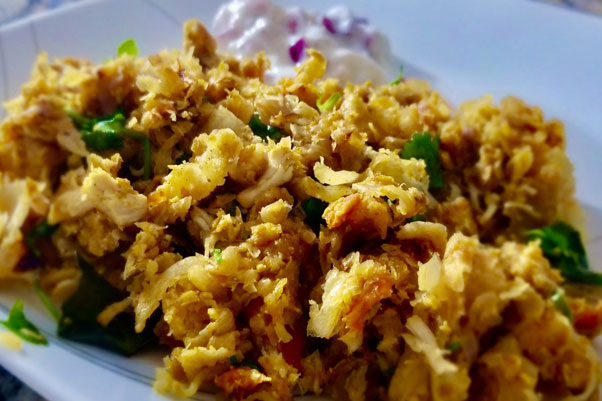
kothuparotta meaning minced parotta (flatbread) is a delightful food that is popular across South India. A famous street-side dish, it is also known as muttaiparotta and is made from mustard, cumin seeds, ginger-garlic, curry leaves and eggs, along with choice of vegetables and spices. This delicacy originated in Virudhunagar and is one of the favourites of Tamilians.

Kari Dosai, this thick and almost pizza-like creation is favoured by visitors and locals alike and packs quite a punch. The base is a layer of egg, the centre a thick and hearty dosa and all that goodness is topped off with a hefty serving of finely minced mutton, which is spiced and seasoned to perfection.
Travel to India for tourism and most other short-term purposes is still not permitted. However, some additional categories of travelers including certain business travelers, as well as individuals moving to India as residents, are permitted. For complete information on travel restrictions and any possible exceptions, please consult the Indian Ministry of Home Affairs or the Ministry of Civil Aviation. Negative COVID-19 test (PCR and/or serology) required for entry, as of February 22, 2021, all international travelers arriving in India, regardless of vaccination status, must upload a negative RT-PCR report to the Air Suvidha portal taken within 72 hours of the start of their journey. Additional testing on entry/quarantine may apply depending on country of embarkment/transit. All international passengers must visit in/airsuvidha/allairports and submit a self-declaration form at least 72 hours prior to departure for India.
From caves, temples and mosques to palaces and stupas, India boasts an architectural ...
A nations cultural and natural heritage embodied in buildings, monuments and natural
"Travel Guidelines to Indian Subcontinent - Updated 18 Feb 2022"Learn More